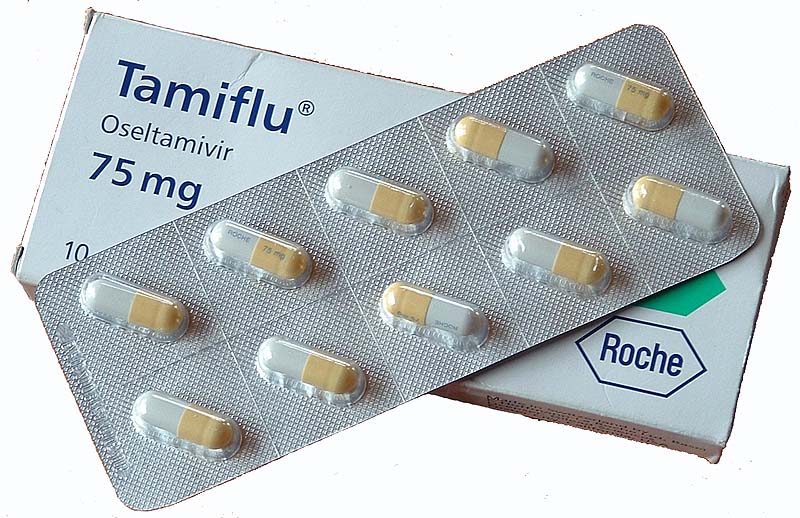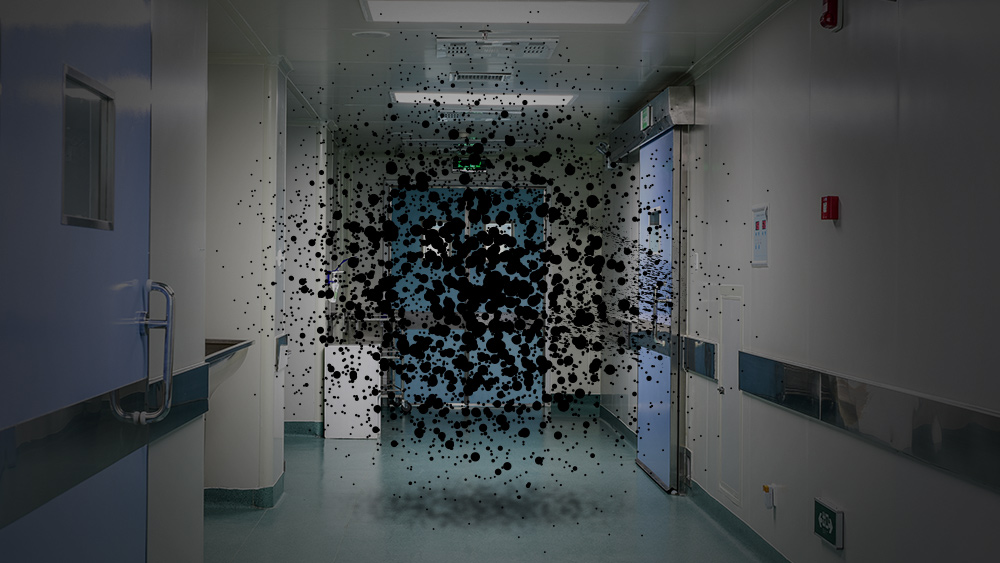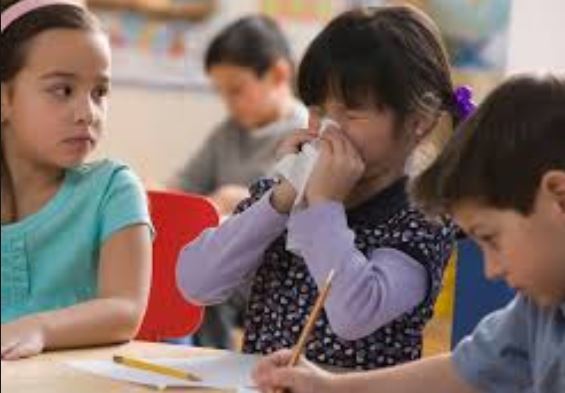Tamiflu is not safe OR effective
02/25/2018 / By Lance D Johnson

Everyone who is deeply concerned about protecting children’s’ mental health should be banging on the doors of the Food and Drug Administration (FDA) to protest a commonly prescribed drug that routinely causes neuropsychiatric events in children. Since 2009, the FDA has on file 550 cases of hallucinations from a drug called Tamiflu (oseltamivir), which is routinely prescribed to combat the flu. Parents are beginning to wake up to the fact that Tamiflu is a risky nervous system damaging, hallucinogenic drug that causes some children to go into seizures, wild delusions, and twitching fits.
Looking back at the studies used to approve the drug in the late 1990s, we see small cohorts, unstudied factors of immunity, inconclusive findings, label warnings, and an attempt by the FDA to prevent the drug from coming to market. Further analyses in 2007 found that Tamiflu poses severe risks, especially in children, including 1377 reports of adverse reactions in Japan and 80 deaths (71 directly tied to Tamiflu.)
Tamiflu was initially stopped by the FDA
Doctors are under the impression that the drug can prevent influenza viruses from replicating and invading other cells. A 1999 JAMA article purports that Tamiflu “…provided significant antiviral, biochemical, and clinical effects in experimental human influenza virus infection. Prophylactic administration either once or twice daily completely protected against viral recovery in the upper respiratory tract and against infection-associated respiratory tract illness.” Hoffmann–LaRoche, the pharmaceutical company that developed the drug, presented this study and two additional clinical trials to an FDA committee of medical advisors in 1999. The data provided did not convince the FDA committee that the drug was safe or effective.
Even though Tamiflu is approved for children as young as two weeks old, the clinical studies were conducted on young adults with the median age of 21. In the study, 105 participants were given Tamiflu at various doses. The efficacy was determined by recording symptom scores. A mere 33 subjects relayed lower symptom scores after nasal influenza infection and application of Tamiflu. The study only measured the amount of virus particles in participants’ nasal passageways and mucus. The study did not measure how the drug impacted the rest of the body, including the replication of influenza viruses throughout and the formation of drug-resistant pathogens in the microbiome of patients.
This shoddy data did not convince the FDA medical experts, but the FDA eventually gave Tamiflu the green light as long as the drug maker issued the following statement on the packaging:
“Tamiflu has not been proven to have a positive impact on the potential consequences (such as hospitalization, mortality, or economic impact) seasonal, avian, or pandemic influenza.”
Since then, the drug maker has tried to come up with new conclusions to make Tamiflu appear effective. A study by the New England Journal of Medicine (NEJM) entitled “Use of the Selective Oral Neuraminidase Inhibitor Oseltamivir to Prevent Influenza” was authored by Penelope Ward, MD who was the Head of Clinical Development for Hoffman-LaRoche. In the footnote of the study, we also find that the study was funded by grants by Hoffman-LaRoche.
A 2009 re-analysis of Tamiflu, not funded by the pharmaceutical industry and published in a BMJ article, found no significant evidence that the drug reduced influenza symptoms or complications. The meta-analysis even showed that Tamiflu causes nausea.
Tamiflu suppressing central nervous system, causing delusions, suicidal impulses in children
Tamiflu is not only ineffective, but it’s also dangerous. In the six years that the drug was sold in Japan, there were 1377 reports of adverse reactions, including delirium, convulsion, and encephalitis. A pair of 14-year-old teens experienced such heinous side effects from Tamiflu that they committed suicide. Seventy-one other deaths were directly related to Tamiflu. A 2011 Japanese study found a 600 percent increase in deterioration and death within twelve hours after Tamiflu administration. Japanese authorities warn against using Tamiflu.
In the U.S., where pediatric safety is not taken seriously, children are undergoing seizures and acting out violently after taking Tamiflu. A family in Texas reported that their two-year-old son experienced seizures and twitches after taking Tamiflu; the seizures only stopped when they stopped giving him the drug. A six-year-old from North Carolina died from a side effect of Tamiflu (labored breathing) three days after receiving the drug. An Indiana family reported that their daughter started hearing voices and attempted to jump out a window while she was taking Tamiflu.
When will Americans take a stand against destructive, so-called medicine that is damaging the mental health of our children?
Sources include:
Tagged Under: FDA, Flu, hallucinations, immunity, inconclusive results, influenza, mental health, nervous system, neuropsychiatric event, seizures, side effects, suicide, tamiflu




















